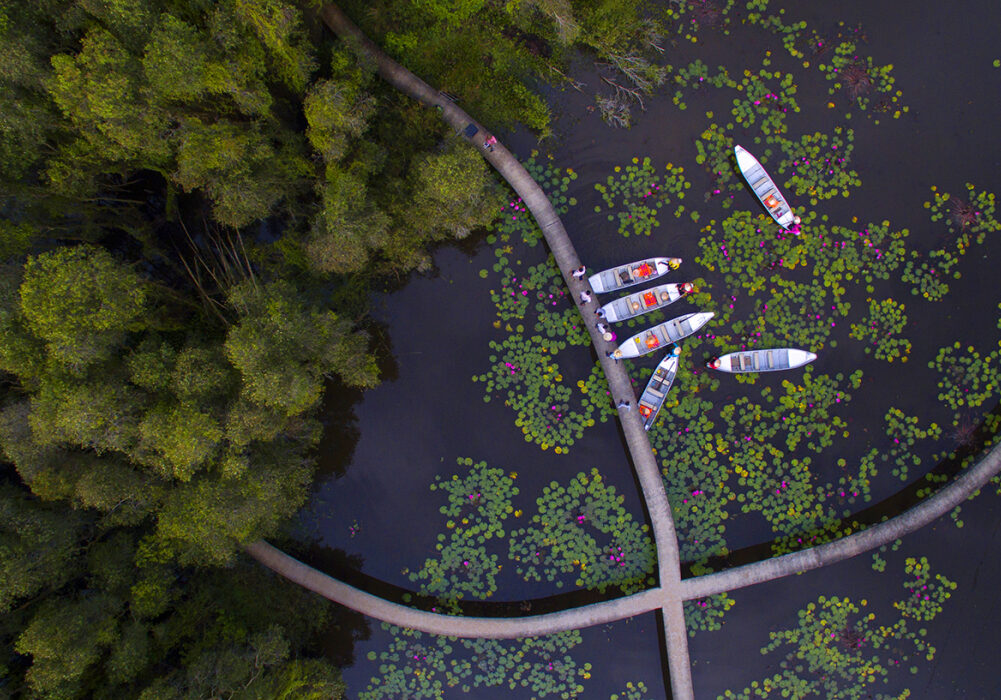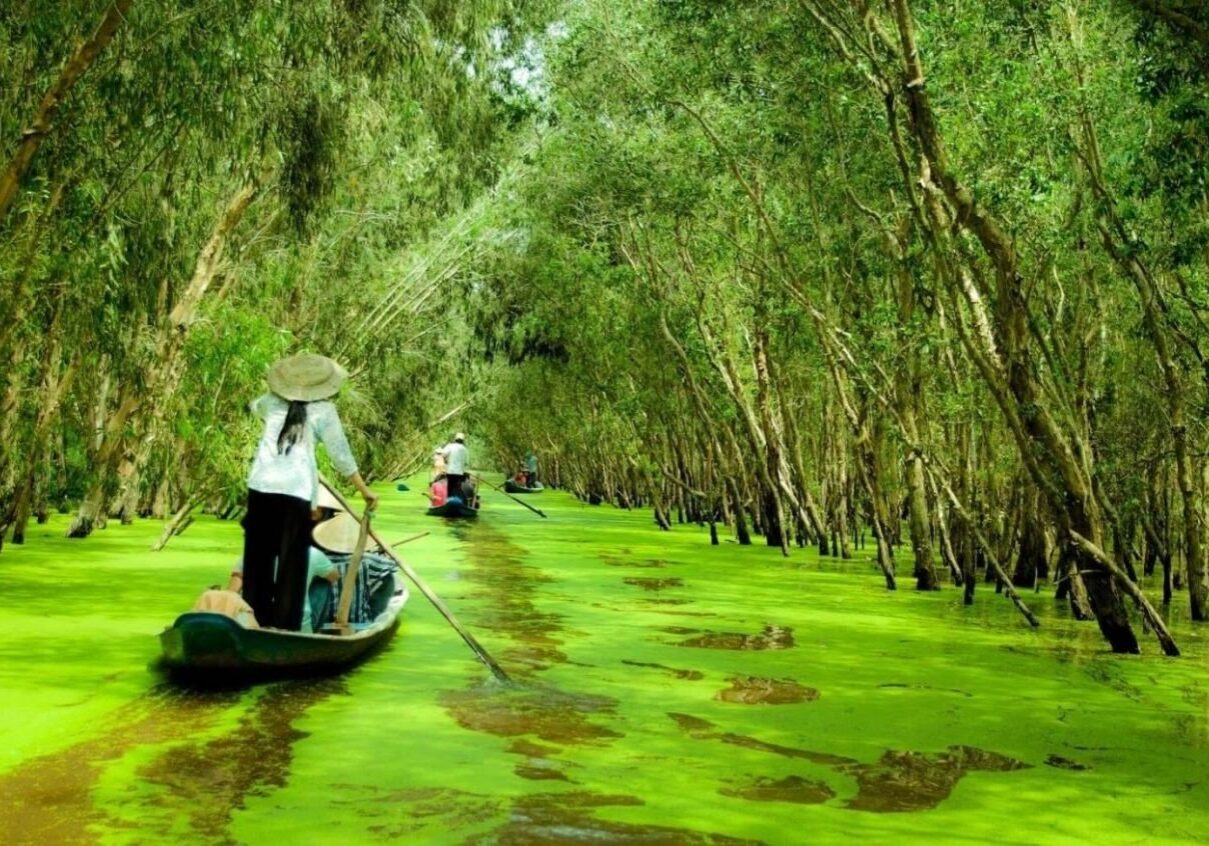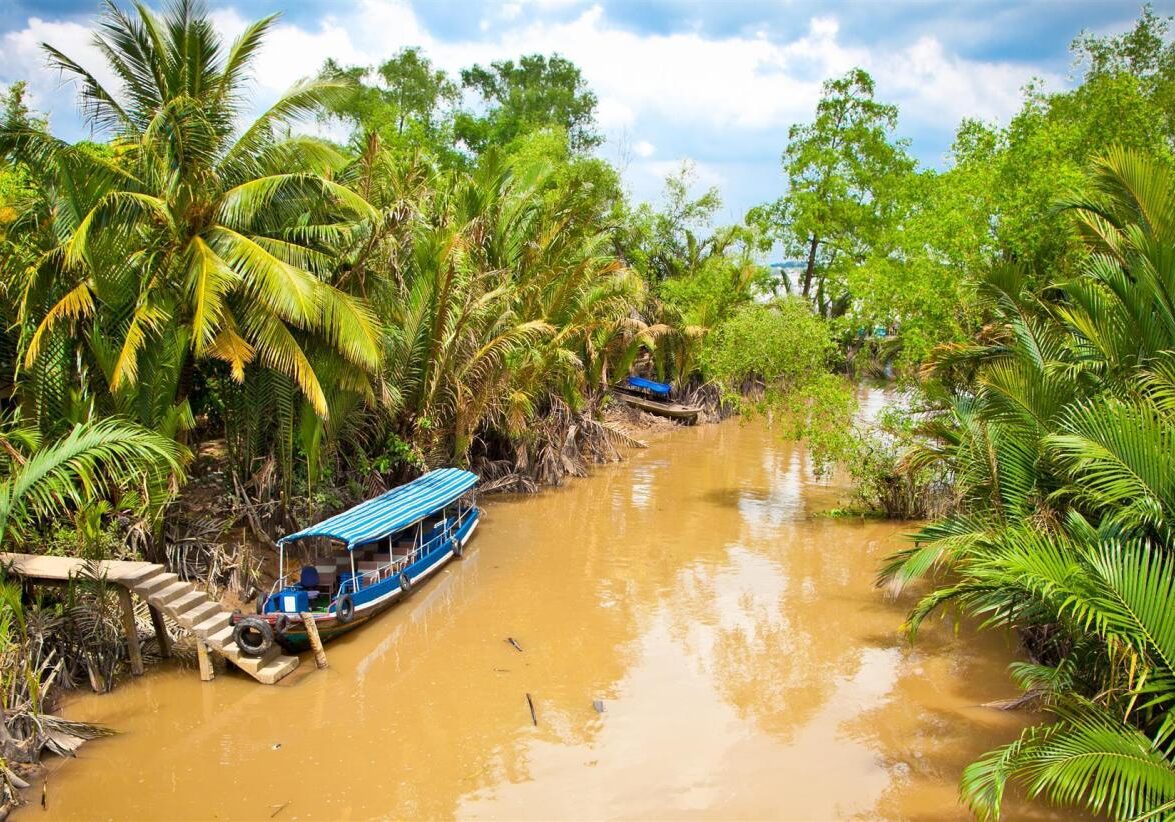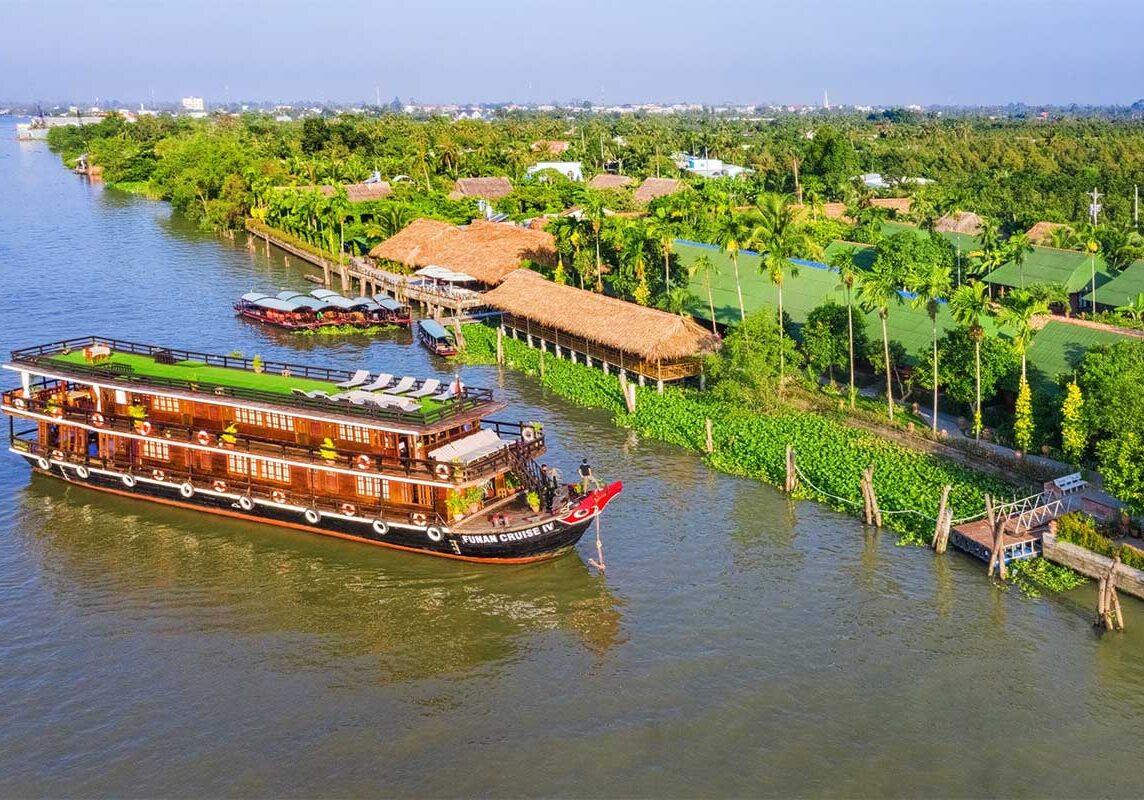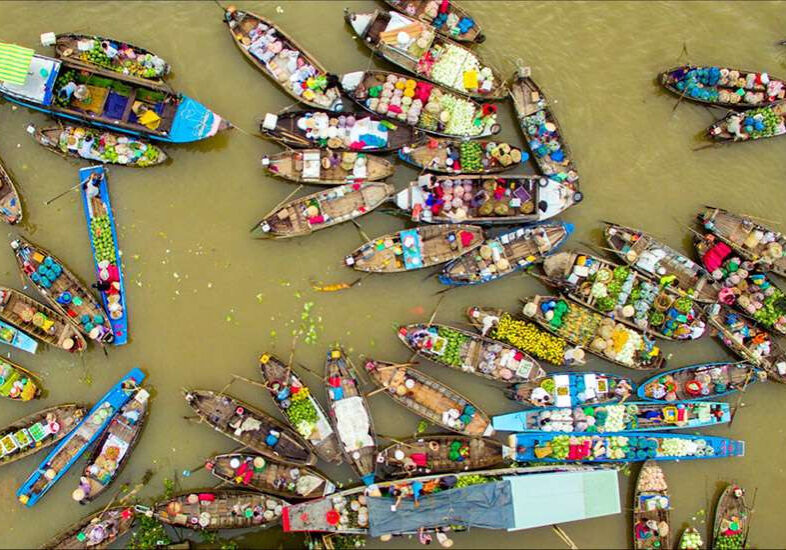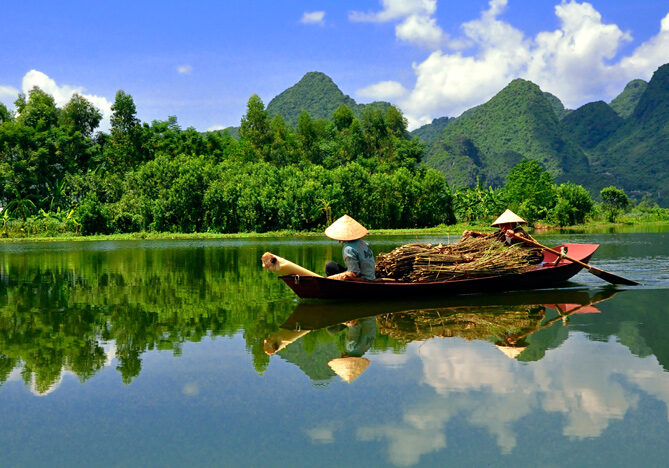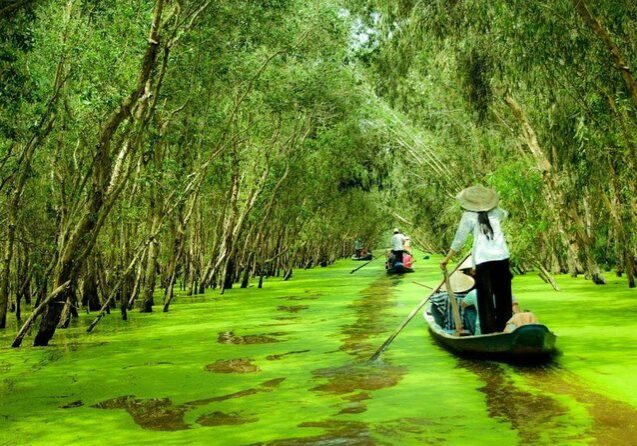AN OVERVIEW
The Mekong Delta, situated in the southwestern region of Vietnam, is the point where the Mekong River flows into the South China Sea. The delta spans across a land area of roughly 15,000 square miles (39,000 square kilometers) and accommodates a population of over 17 million.
The Mekong Delta holds a significant position as one of the most productive agricultural regions in Vietnam, and it is commonly recognized as the "rice bowl" of the country. Due to the favorable tropical climate and fertile soil, a wide variety of crops like rice, coconuts, sugarcane, fruits, and vegetables flourish here. Fishing also contributes as an important industry in the region, with the Mekong River and its tributaries supporting the livelihoods of many.
Despite its economic significance, the Mekong Delta is vulnerable to a plethora of environmental challenges, such as the impact of climate change, rising sea levels, and enhanced water usage upstream, leading to soil erosion, flooding, and saltwater intrusion in the delta. Additionally, the construction of hydropower dams on the Mekong River in Laos and China has adversely affected the region in recent years, altering the river's flow and decreasing fish stocks.
The Mekong Delta boasts a varied range of ethnic groups, including the Kinh, Khmer, and Chinese, all of whom have influenced the region's culture. As a result, the architecture, cuisine, and festivals showcase a blend of influences from Buddhism, Taoism, and Hinduism.
The Mekong Delta attracts numerous tourists from around the globe with some of its popular tourist destinations like Can Tho, renowned for its floating markets, and Chau Doc, which is home to various temples and pagodas. Visitors may also opt for boat tours to explore the region's agricultural practices and lifestyle from a unique perspective.
the Mekong Delta is a noteworthy and captivating region of Vietnam, characterized by a rich cultural heritage and distinct environmental challenges. Despite these obstacles, the delta remains a crucial source of food and livelihood for millions of people, and continues to be an essential tourist destination for people from all over the world.
Top Attractions
Related Tours
 Sale off -INF%
Sale off -INF%
 Sale off -3%
Sale off -3%

